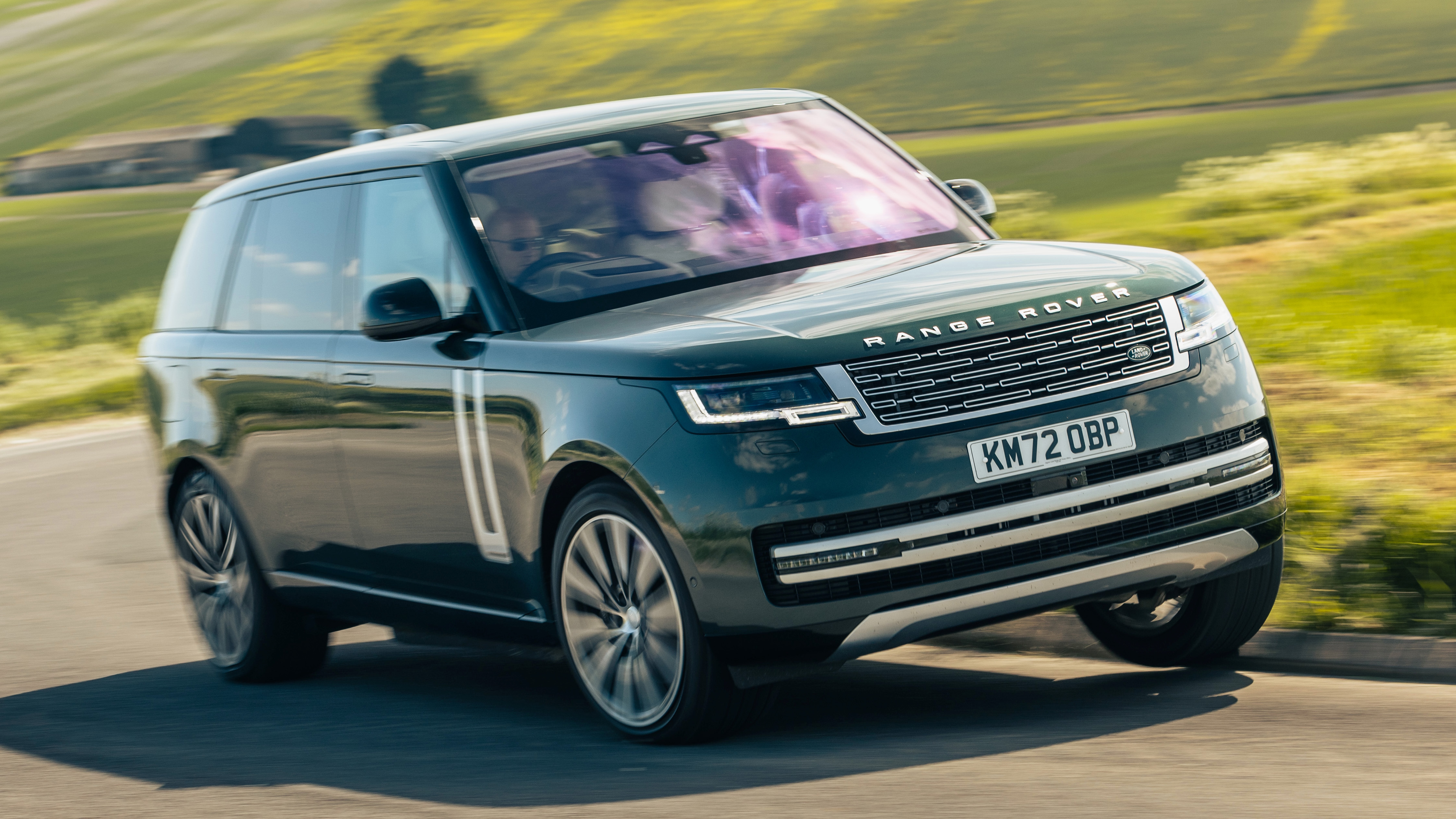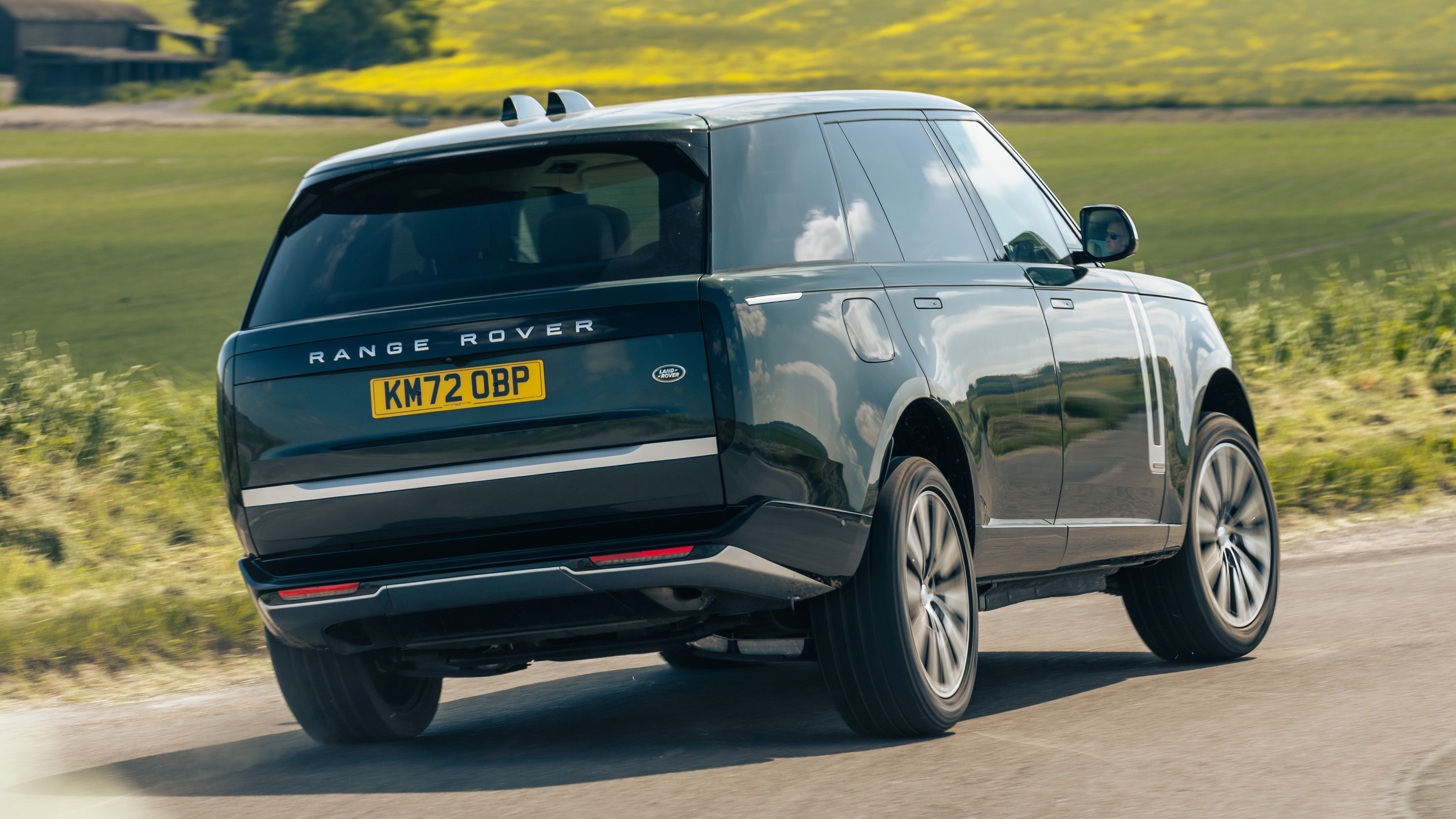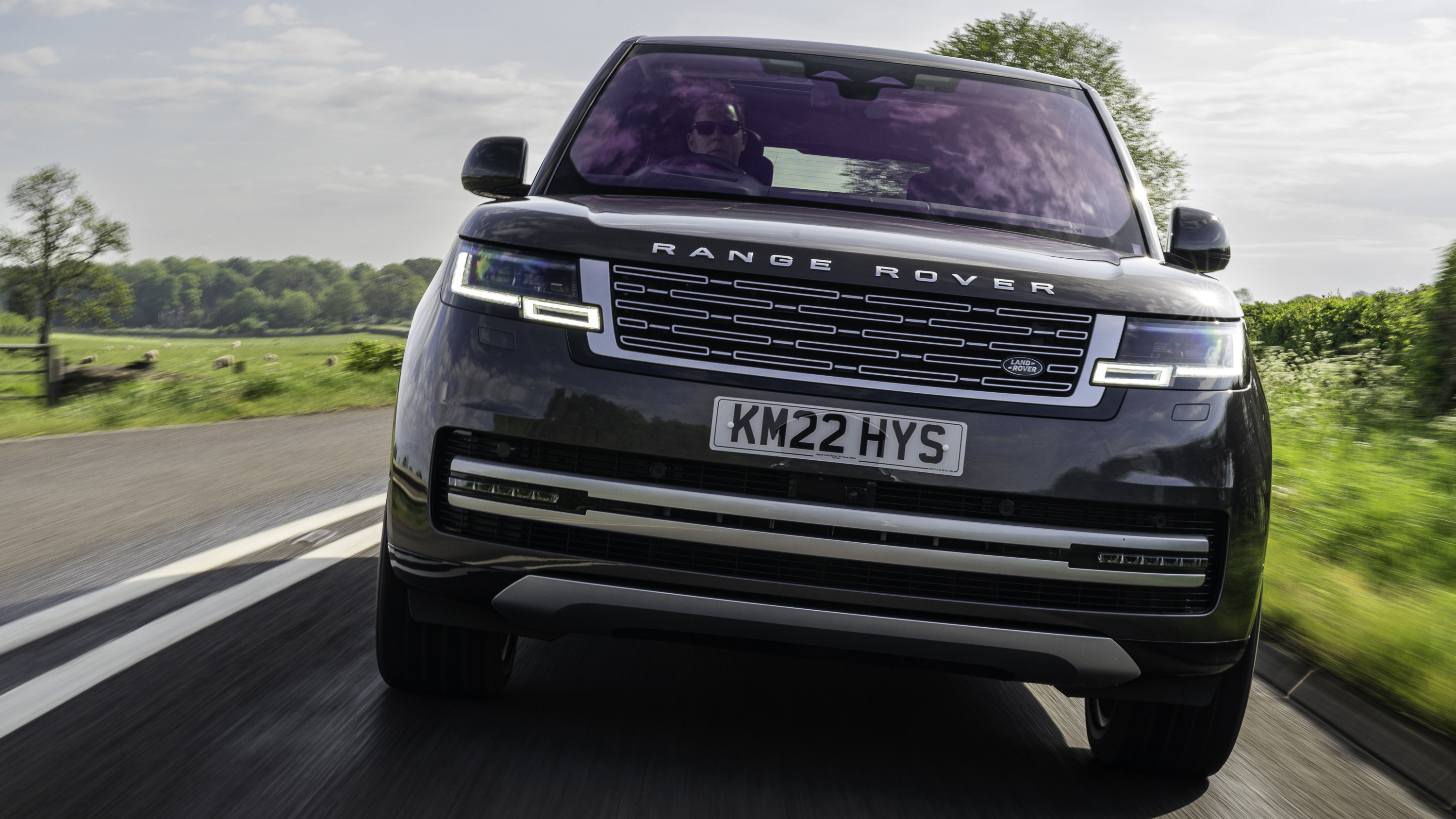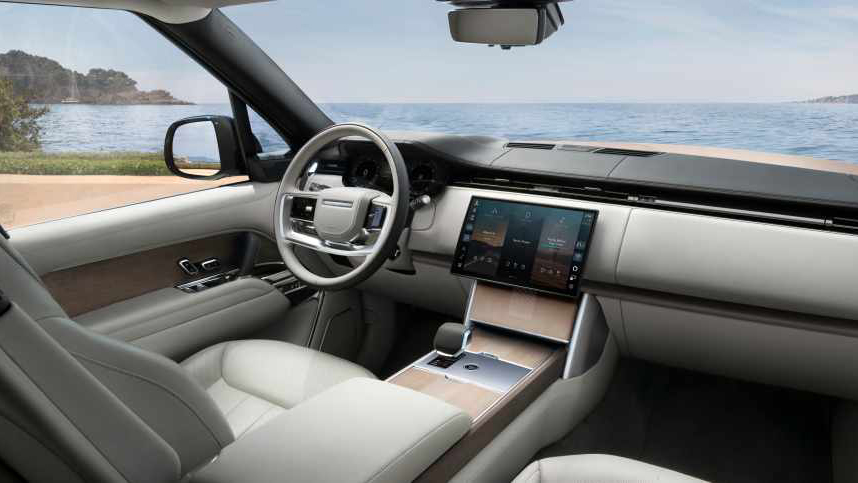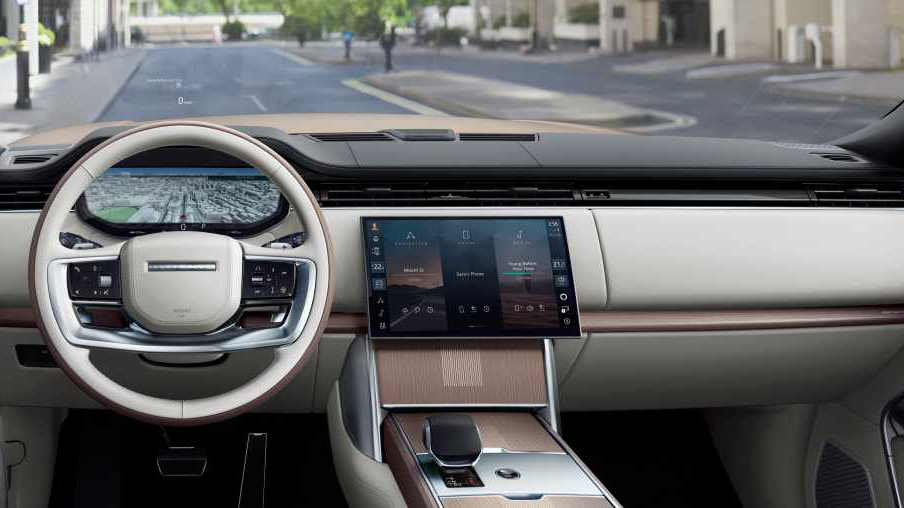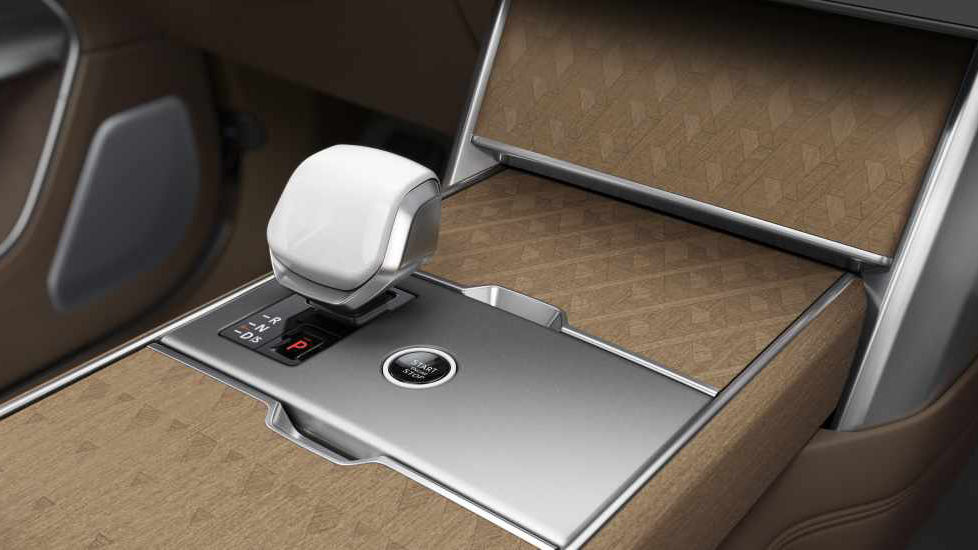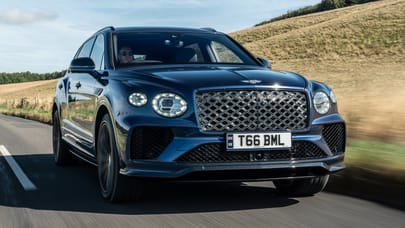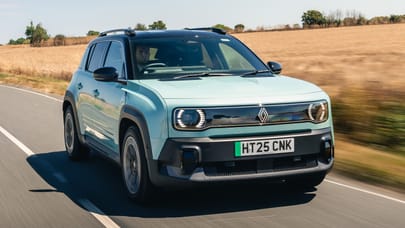
Good stuff
Wonderful exterior design, interior arguably even better, strong hybrid powertrain, massive breadth of capabilities
Bad stuff
Expensive, very heavy, not that efficient, needs the 48v anti-roll system
Overview
What is it?
The Range Rover is one of those vanishingly rare cars that defies the industry’s traditional product cycle. The previous gen model arrived in 2012 and even in these unpredictable times it was still hitting the spot with its high-end client base a decade later.
But then you see the current L460 – only the fifth generation in 51 years – and you realise there are some things even the Range Rover can’t out-run forever. Namely, the march of technology and connectivity, and more pressingly the need to future-proof it as climate change ceases to be a debate and becomes a genuine existential emergency.
Has the Range Rover reassessed its position on profligate consumption?
On its reveal in late 2021, this was an all-new car in every aspect with a critical reappraisal of its place in the world. Key here are two plug-in hybrids, badged P460e and P550e (that equates to 454 and 542bhp respectively). These combine Land Rover’s 3.0-litre six cylinder petrol engine with a 31.8kWh battery feeding a 105kW (141bhp) electric motor to deliver ‘up to 75 miles’ of pure electric driving with CO2 emissions as low as 16g/km. 50 miles in the real world is more plausible.
Land Rover reckons that typical Range Rover customers will be able to complete 75 per cent of their journeys without ever bothering the internal combustion engine. Not quite a ‘get out of jail free’ card, but a big improvement. Want more e-range? A fully electric version is on the way with a 117kWh battery pack and 542bhp. Click these words here for our initial impressions from the passenger seat of a prototype.
Alongside the PHEVs sit a pair of mild-hybrid diesels badged D300 and D350 – making 296bhp and 345bhp respectively – and two mild-hybrid petrol twin-turbo V8s sourced from BMW. They're known as the P530 and the P615, with the former getting 523bhp and the latter a hefty 607bhp for a 0-62mph time of 4.5 seconds. Oh, and the intakes have been reconfigured to enable a 900mm wading depth, plus a few other robust mods.
Seriously, has anyone ever taken their Range Rover into a chuffing river? Well, except Her late Majesty. It has to have the chops to do it though to live up to the reputation. Same for the upcoming EV, although that’s even less likely to go swimming up the Severn.
What else was new for the L460?
Everything. The previous L405 Range Rover remains such an archetype that the scale of the challenge here was substantial. There are five fundamental visual pillars on the Range Rover: the falling roofline, pronounced waistline, the rising sill, clamshell bonnet and floating roof. They were all reimagined for the current car, although you need to see new and old side-by-side to grasp just how ingeniously nuanced the changes are.
The panel gaps and shutlines are fabulously tight, and the flush glazing abuts the bodysides in memorable fashion. The rain guttering is hidden, too. Design pushed engineering – and vice versa – and the result is as much an ode to metal-beating and manufacturing technique as it is aesthetics.
This is a car that will be at its imperious best sweeping along the motorway like an automotive super-yacht. The car’s rear end taps into that idea, and is the area of the car that’s most obviously different to its predecessor. Check out the vertical tail-lights, and the way the whole thing is resolved. It’s also notably aerodynamic for a big SUV, with a drag coefficient of 0.30 and a smoother frontal area. Americans might spot shades of Kia’s impressive but not-for-Europe Telluride, but that’s no bad thing. It’s a great looking car, that.
And what tech lies beneath the skin?
Land Rover says it took out 125 patents for this generation of Rangie and carried out a rigorous development programme that encompassed 140,000 hours of computational analysis. It’s also connected up the wazoo, has a sophisticated air filtration system, active noise cancellation tech in its headrests, and Standard and Long Wheelbase iterations are available, with the option of seven seats for the first time. None of which are cheap.
It’s also important to distinguish between the regular trim levels – SE, HSE and Autobiography – and the SV opportunities. That last one is a whole different ball-game, offering ‘curated’ luxury in the form of Serenity or Intrepid packages. While prices for the Range Rover start at £105,675, the fully loaded SV long wheelbase with the 'Signature Suite' – that’s the one you need a chauffeur to fully enjoy – is double that (plus the aforementioned chauffeur’s salary).
"Much of the investment and engineering inside has gone into the tactility," SVO boss Michael van der Sande told TG at the latest Range Rover's launch. "This is about amplifying the luxury remit and the new car isn’t trying to be something it’s not. We want to avoid mixing our drinks too much."
This is important information. The new iteration pushes Range Rover even further upmarket, leaving the Range Rover Sport to be more, erm, sporty. A target it doesn’t hit nearly as cleanly as this nails the luxury brief.
How is it to drive?
Commanding. That sums it up in one word. It’s not rapid even with a V8. It’s too heavy (around 2.8 tonnes depending on spec) to be able to haul in a straight line, and too ponderous around corners. It really needs the 48v anti-roll system that is only fitted as standard to flagship models. But accusing the Range Rover of not being dynamic is to miss the point – it’s not intended to be. Instead it is calm, relentlessly comfortable and batters its way through bad weather like nothing else.
Is it still capable off-road?
Well, duh. This is Range Rover’s non-negotiable talent. A 911 GT3 has to be exceptional on track, a Range Rover has to mix it in the rough. And this one does, with a full suite of off-road accoutrements: low range gearbox, Terrain Response, height adjustable air suspension, ground cameras, locking diffs and, for the first time, four wheel-steering to really sharpen up the turning circle. That’s actually handier in Knightsbridge than in the back of beyond, mind you.
How's the cabin?
Well, it was arguably even better than the exterior, but a model year update for 2024 added the new 13.1in touchscreen for the infotainment and thus removed lots of the physical buttons and the excellent heating controls. Ah. So yes, the interior has the same reductive design language as the exterior, with a clean aesthetic that's attractive but now slightly less easy to get on with than it was at launch. There are a lot of haptic controls on the steering wheel too and they’re occasionally frustrating to use. At least the screen is responsive and logical. Plus it feels luxurious to sit in, and the view out is wonderfully open and commanding.
For the full luxury experience, you need the long wheelbase version which features limo levels of legroom. Bear in mind this does reduce practicality as the seats don’t fold as flat as the regular cars. The boot is generous and at least this Range Rover still has the iconic split tailgate.
What's the verdict?
This is a hugely confident car and a mighty achievement. Cleverly conceived, intelligently engineered and breathtakingly well designed, more than ever the Range Rover can legitimately claim to be not just the definitive luxury SUV, but the definitive luxury car. Move over S-Class and i7, as an imperious way of getting yourself about, the Rangie can’t be matched. In fact, more than just a car, this is one of the definitive luxury experiences of any kind.
It’s not dynamic in the same way as the more extrovert Lamborghini Urus or Porsche Cayenne, not even as hustlable as the Bentley Bentayga. But then it isn’t trying to be. It sits in its own world, not expending any more energy trying to define itself than is strictly necessary. The plug-in hybrid versions are probably the ones to have – it turns out that electric really suits the Range Rover, and a genuine ability to do 50 miles in silence is a game changer.
This is one of those cars that should be sitting in your dream garage alongside a Porsche 911. These are cars that not only define the segments in which they compete, but reliably nail the brief better than any competitor. 50 years of experience counts, after all. The more things change, the more they stay the same. In a topsy-turvy world, we’ll happily run with that.
The Rivals
Trending this week
- Car Review
BMW iX3




